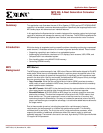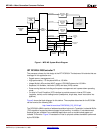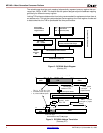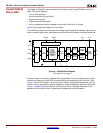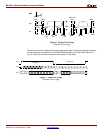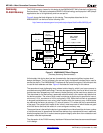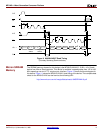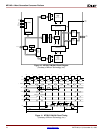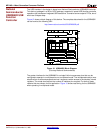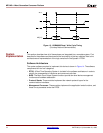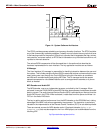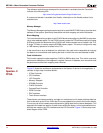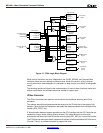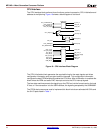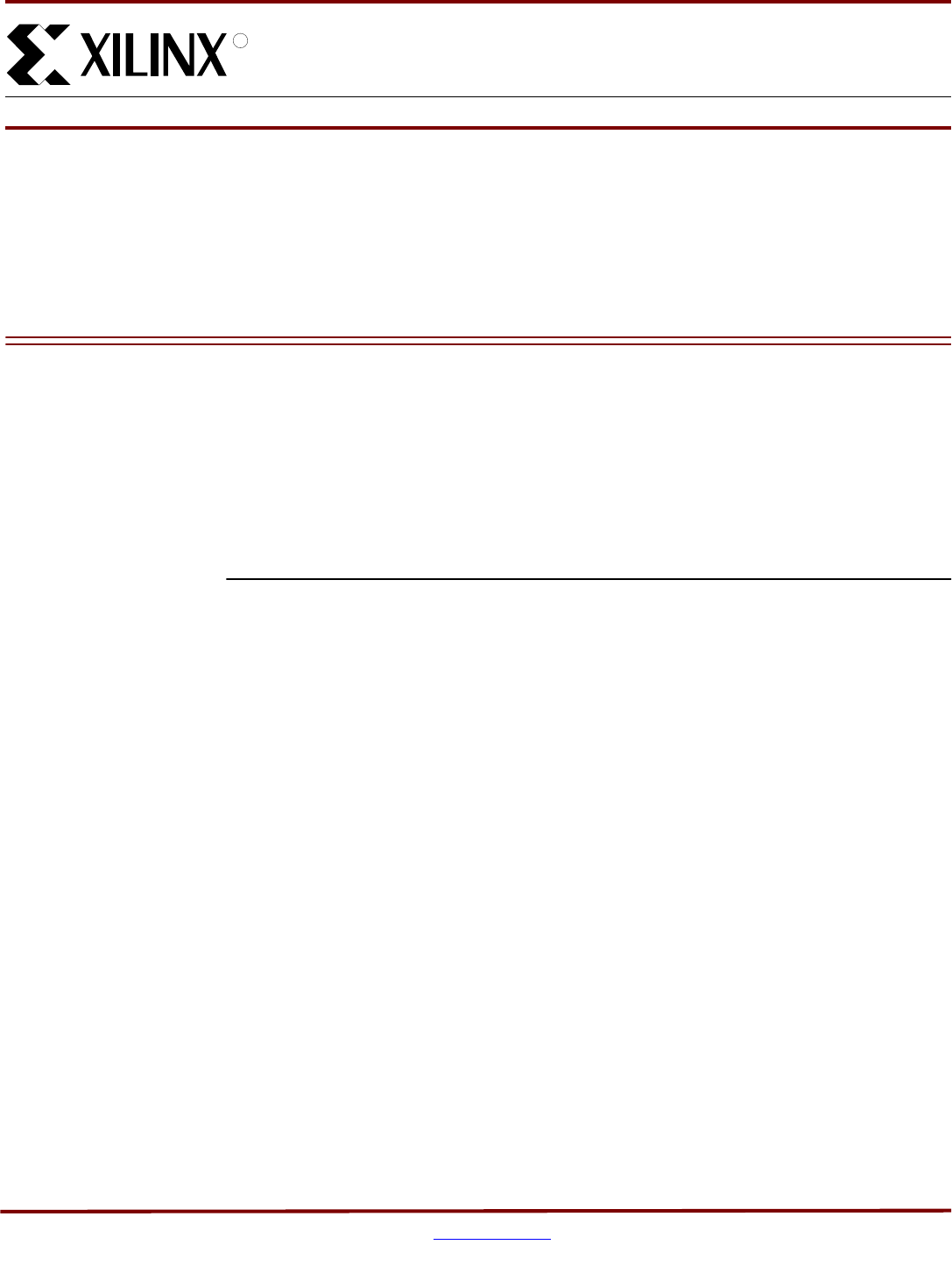
XAPP169 (v1.0) November 24, 1999 www.xilinx.com 1
1-800-255-7778
Summary This application note illustrates the use of Xilinx Spartan-II FPGA and an IDT RC32364 RISC
controller in a handheld, consumer electronics platform. Specifically the target application is an
MP3 audio player with advanced user interface features.
In this application the Spartan device is used to implement the complex system level glue logic
required to interface and manage the memory and I/O devices. The RC32364 implements the
MP3 decoding functions, the graphical user interface, and various device control functions.
Introduction While the design is targeted at solving a specific problem, decoding and playing compressed
audio streams, it illustrates solutions to a number of general technical issues. These include:
• Supporting a graphical user interface in an embedded system.
• Implementing cost-effective interfaces to LCD displays, touch screens, USB, IRDA, and
CompactFlash in an embedded system.
• Error handling when using NAND FLASH memory.
• Controlling SDRAM memory.
MP3
Background
MP3 Market
The MP3 player market emerged in late 1998, when Diamond Multimedia shipped its Rio MP3
audio player. While there is considerable diversity in opinions about the potential size of this
market, market analysts all agree that the opportunity is significant and will experience rapid
growth in the short term. Like any new market, the feature set of MP3 players is likely to change
as more users buy them. Key dynamics in this market include:
• Copy Protection. While the Secure Digital Music Initiative (SDMI) promises to make a
wider variety of music available in MP3 format, there is considerable technical uncertainty
about implementation timetables.
• Non-MP3 Formats. While MP3 is the dominant format for music available on the Internet,
other large players are pushing other formats tailored to their business agendas.
• Extended Features. At $150 to $250 an MP3 player is a relatively expensive consumer
electronics purchase. The dominant component of that price is the FLASH memory that
these devices use. This cost component is more or less the same for all vendors, and
constrains price point differentiation. One way to increase the perceived value of an MP3
player, and therefore get a competitive advantage, is to add value added features tailored to
the target market.
Due to these market dynamics, including the potential for rapid changes in feature
requirements, the best approach is a flexible high-performance system. This flexibility
manifests itself in two forms. The first is the use of a high-performance processor, which
supports the addition of additional soft features without the need to resort to optimized
assembly language. The second is the use of a low-cost, high-density FPGA to provide flexible
I/O support for the processor.
MP3 NG: A Next Generation Consumer
Platform
XAPP169 (v1.0) November 24, 1999 Application Note
R
Application Note: Spartan-II



